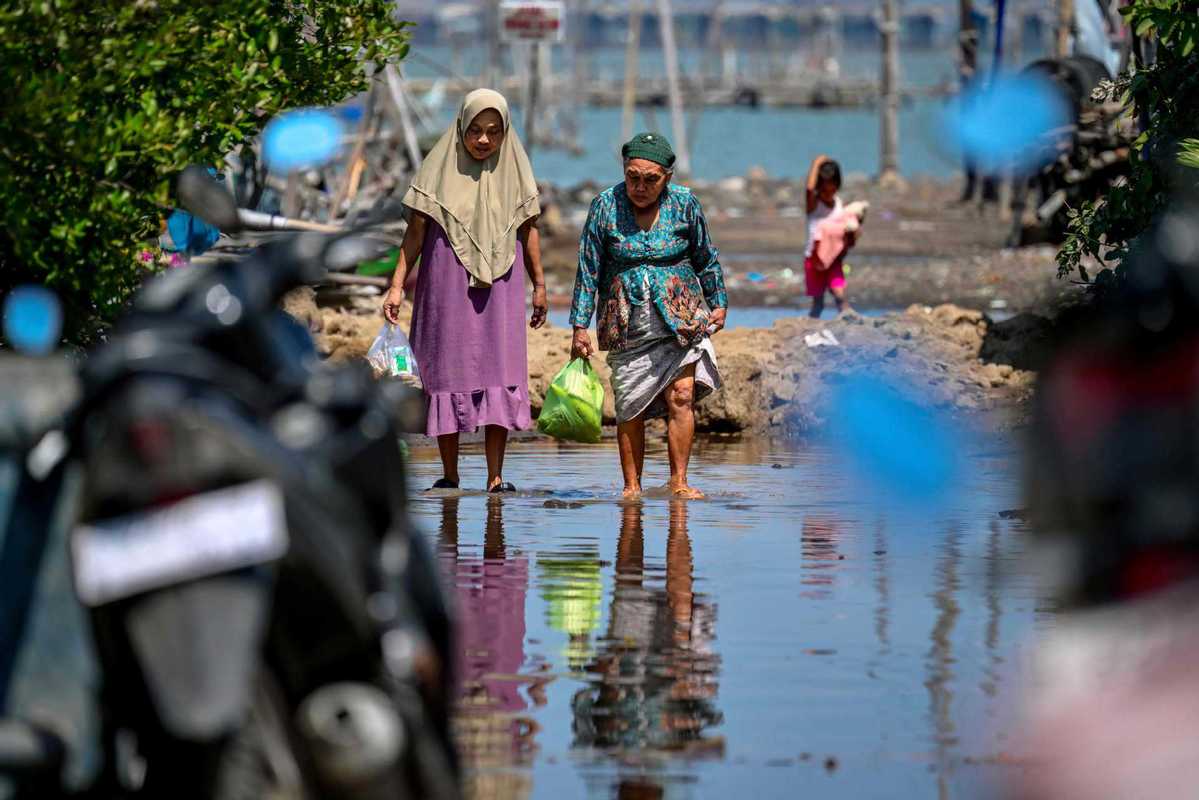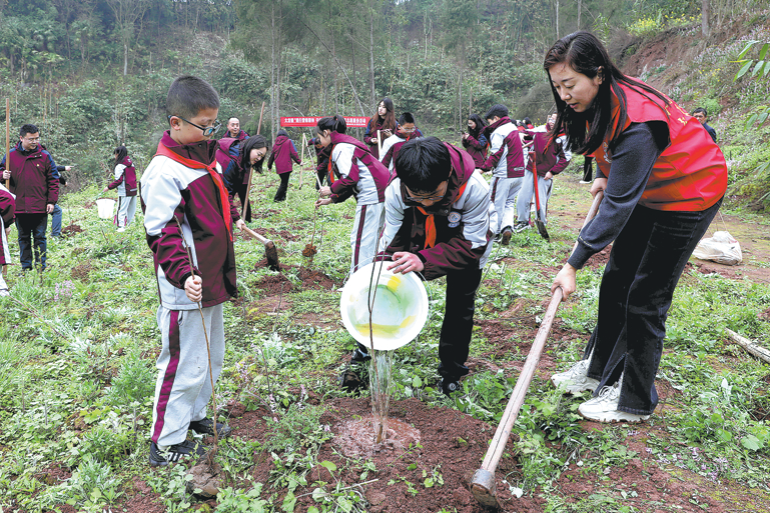Holding back the tide
Indonesia's plan to build giant seawall for sinking land raised discussions


Climate Concerns
A 2022 UN report warned that seawalls offer only a temporary fix and can even exacerbate the effects of climate change.
For crab farmer Rasjoyo, coastal erosion is not a theoretical problem.
He and hundreds more once lived in now-abandoned Semonet village, where seawater laps into evacuated homes. It now lies a 20-minute boat ride from land.
"The floods were getting worse. The house was sinking. Every month, the change was drastic," the 38-year-old said.
He said the seawall — first proposed in 1995 — would come too late.
"If it happens, when will it arrive here? In what year?" he asked.
"It might not be very effective either, because the land has already subsided."
Some climate experts believe that nature-based solutions, such as mangroves and reefs, would be better alternatives.
"Unlike seawalls that would need to be upgraded as sea levels rise, these habitats accrete vertically," said Bishop.
"In some instances, this vertical accretion can keep pace with sea level rise."
Another alternative could be a mixture of relocations and more targeted, limited seawalls, said Heri Andreas, a land subsidence expert at the Bandung Institute of Technology.
"The win-win solution is a partial or segmented seawall," he said, describing the current proposal as like "killing a duck with a bazooka".
"It is more effective if we do relocation. And then in some parts, maybe only a coastal dike or elevating the coastal infrastructure would be enough.
"We need more listening," he said. "It's a bit better than before, but it's not enough yet."
In Bedono, where a cemetery was recently relocated to save it from the waves, residents simply want a fast fix.
"The solution is to build something, I don't know, just build a road, a dike or a coastal belt so it doesn't keep happening," said Karminah.
"What can we do?" she added. "Please help me find a solution so the water doesn't rise."
THE JAKARTA POST, INDONESIA
























